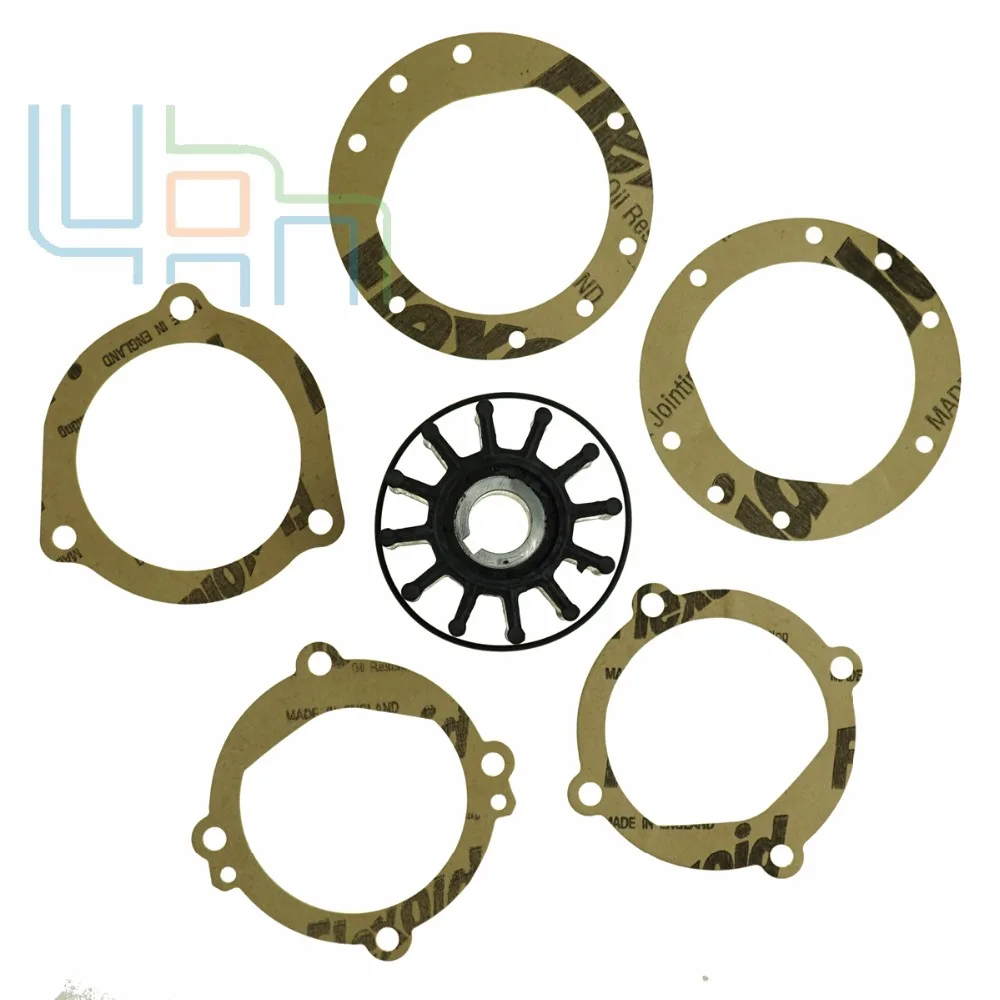

- #Replacing impeller on inboard how to#
- #Replacing impeller on inboard serial numbers#
- #Replacing impeller on inboard serial number#
- #Replacing impeller on inboard crack#
For Mercury, MerCruiser and Volvo Penta engines, the serial number is key. These pieces of information can save a lot of research time and potentially avoid some catastrophic problems.

#Replacing impeller on inboard serial numbers#
Also, keep the engine model and/or serial numbers handy. Learn the brand of your engine, along with year of manufacture and engine size. One of the most important steps you can take when replacing your impeller is to know the engine application. While these differences may seem inconsequential, they can actually result in big problems for your engine if you use the wrong one. Many impellers may look similar, but have small, almost-imperceptible differences in dimensions.
#Replacing impeller on inboard how to#
Knowing how to identify your impeller and identify its replacement can be challenging. However, there are hundreds of impellers of various shapes, sizes and applications available on the market. If you observe that your impeller has sustained significant wear or damage, then you should replace it. Another possible defect is when the metal hub of the impeller detaches from the rubber, causing a situation where the hub is spinning but the rubber vanes are not turning and not pumping water.

#Replacing impeller on inboard crack#
Additionally, impellers can swell, crack or bend, which can affect the ability of the pump to cool the engine. It is not uncommon for the impeller vanes to tear or break off, causing potential blockage in the cooling system and a loss of water pressure. You should inspect the impeller at least once a year. Since it is always in use when the engine is running, the impeller suffers a lot of wear and tear. The impeller is a flexible rubber gear that creates the vacuum needed to pump water into your engine for cooling. Whether you are fixing a worn-out inboard engine water pump, rebuilding your stern drive or performing routine maintenance on your outboard motor, you'll likely be replacing an impeller as part of the job. One of the most common items you'll replace on your boat is the water pump impeller. Mercury Pumps & Impeller Kits from Sierra.It will help you to slide the impeller in place and will help it to turn freely once installed. Make sure the key is replaced in the same orientation that it was removed. Most impellers that are mounted to a shaft are held in place by a small metal key.Try to mount the new impeller with vanes bent in the same direction Take note of which direction the impeller blades were bent on the original impeller.When installing the new impeller, there are a few things to watch for: Take care to flush the engine through to ensure that rubber bits aren’t blocking any cooling passages. If they aren’t visible, they may have made their way into the engine. If the impeller is cracked, or has pieces missing, try your best to find any missing pieces. There are many handy tools that can be used to extract a stuck impeller (in a pinch, a pair of screwdrivers tend to work well). When removing an impeller, space is sometimes limited. The forks pull on the back of the impeller as the screw is turned (pressing on the water pump shaft), forcing the impeller out. It if malfunctions, the engine will overheat.ĭepending on the type of engine, the impeller could be located in a few different places:Ī handy tool to remove an impeller. The impeller is the only device to provide the suction and pressure to move the water necessary for engine cooling. Additionally, if the water pump overheats, it will cause the impeller to break up into small bits. The impeller is pressed tightly into the water-pump housing and over time it loses its fit, and the rubber vanes can crack or degrade. It is spun by the engine and sucks in water to circulate through the engine.

It’s a small rubber device that looks like a paddlewheel. There aren’t many parts to the system and one necessary seasonal maintenance task is checking the impeller. Water gets sucked up from the water surrounding the boat, runs through the engine, and exits through the exhaust system. The marine engine’s cooling system is pretty basic. This is true for inboards, outboards and stern-drives. What he’s looking for is signs of water exiting with the exhaust: Water exiting means that it is being sucked up and pushed through the engine appropriately - this is the only visual clue that the raw-water cooling system is working. If you’ve spent any time in a boatyard during spring commissioning season, you won’t find it out of place to hear the roar of the engine and see a cloud of blue smoke erupt followed by a mechanic craning over the stern to look at the exhaust. A worn-out impeller is easily identified because the veins are bent.


 0 kommentar(er)
0 kommentar(er)
